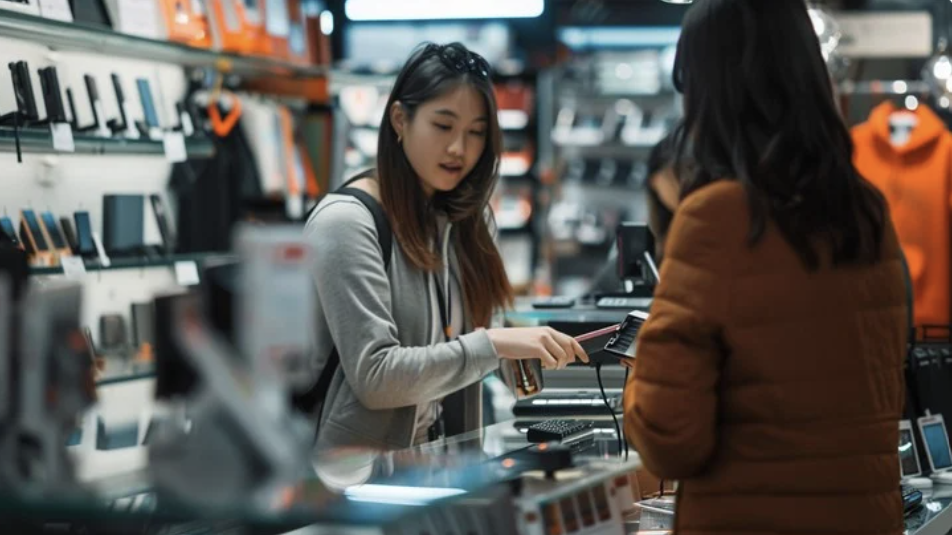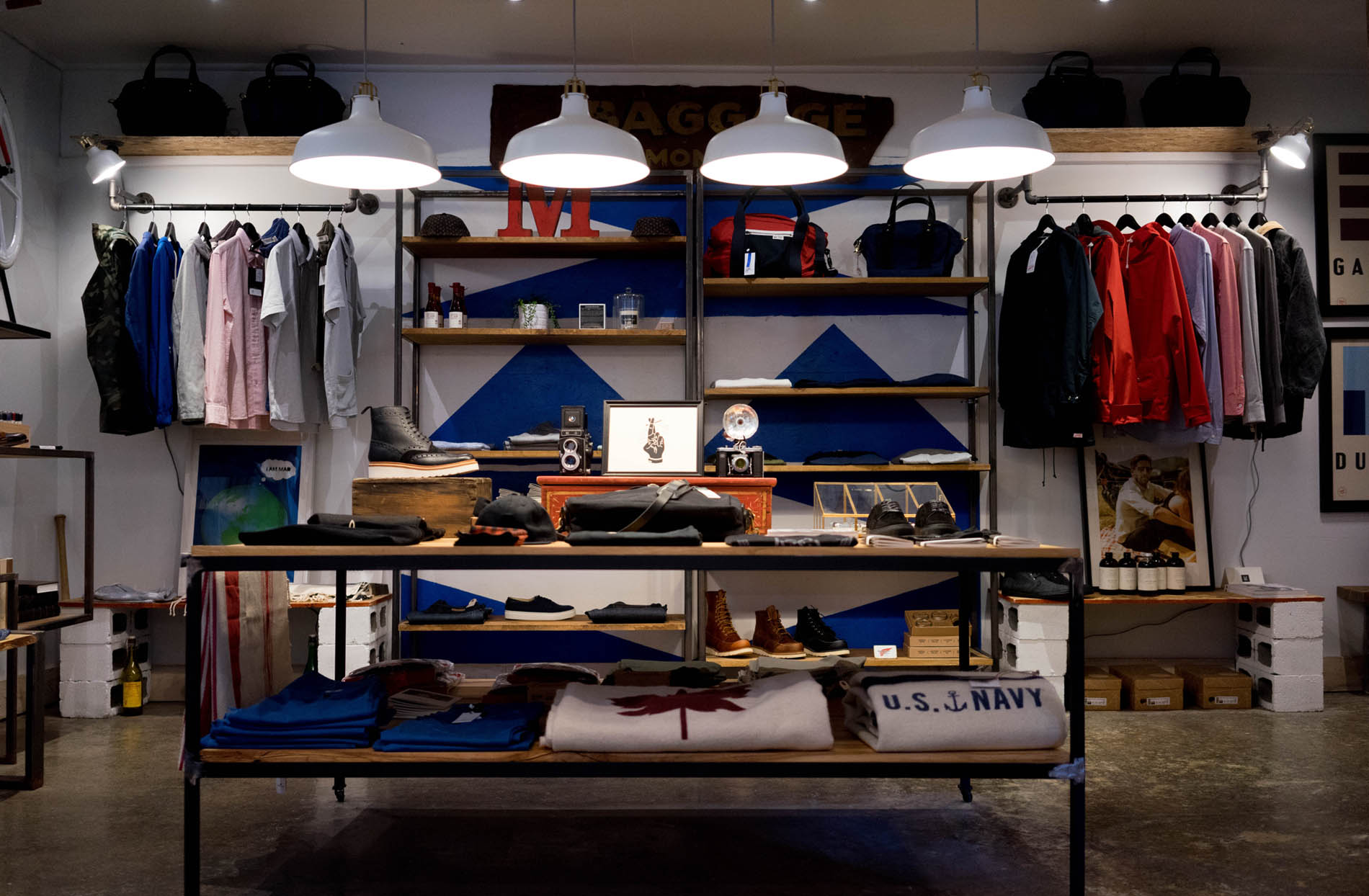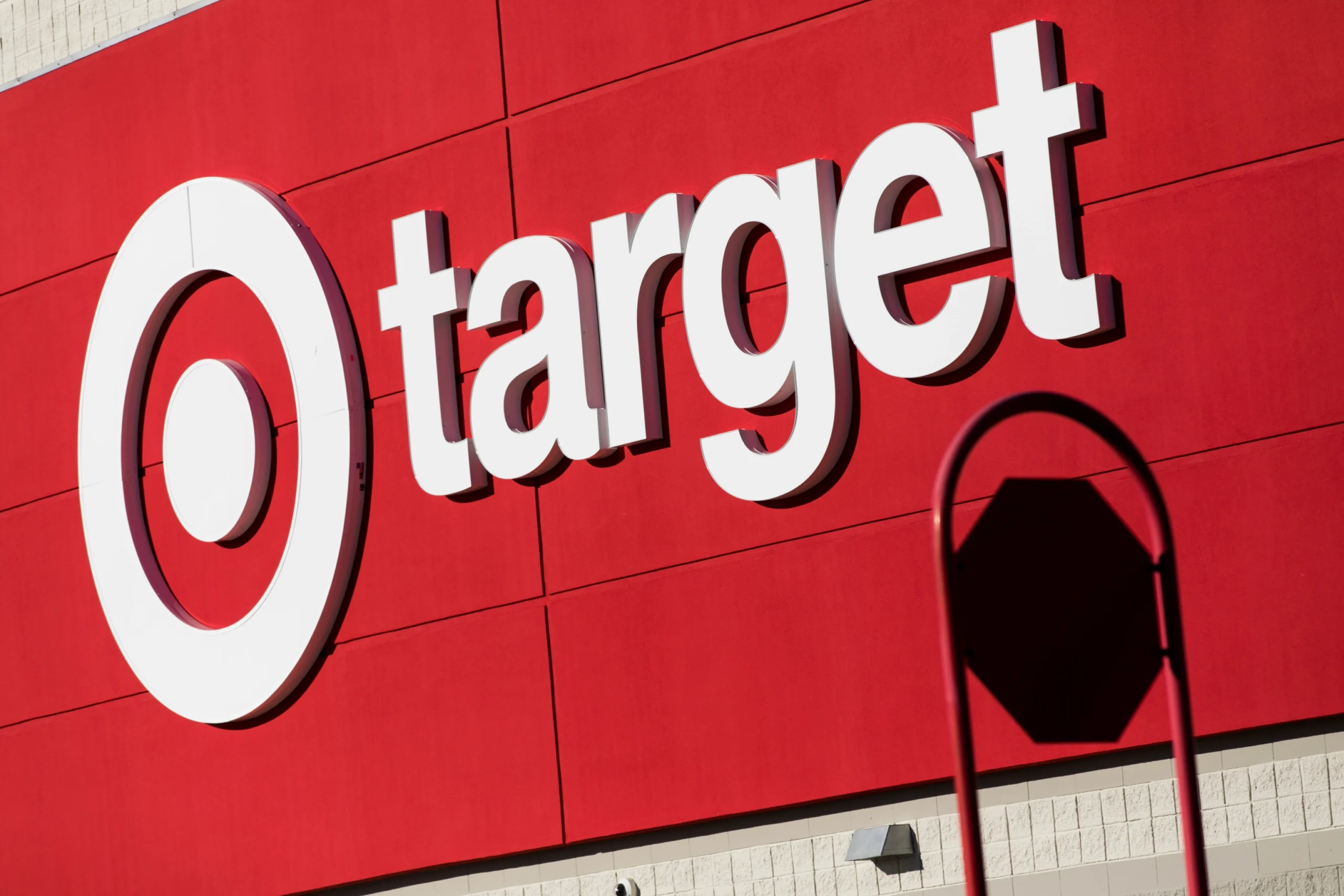Launching a new product in retail is an exciting opportunity—but also a challenging one. A successful retail product launch requires strategic planning, thoughtful execution, and continuous optimization. The best way to improve your own chances of success is to study brands that have done it well.
Below are three powerful case studies of successful retail product launches—and the key lessons today’s consumer product brands can learn from them.
1. Nike Air Jordan: Creating Demand Through Exclusivity & Branding
Nike was already a major name in athletic apparel, but the 1985 launch of Air Jordan transformed the brand into a cultural icon. The collaboration with NBA superstar Michael Jordan quickly became one of the most successful sneaker launches in history.
Why the Launch Succeeded
- Scarcity built hype. Nike limited availability, releasing only small quantities at a time. This strategy created buzz, urgency, and long lines outside sporting goods stores.
- Powerful celebrity influence. Partnering with Michael Jordan gave the shoes instant credibility with athletes and fans.
- A blend of performance and style. The Air Jordan line wasn’t just functional—it became a fashion statement.
- Continuous product evolution. Nike kept the brand relevant by releasing new models every year.
Key Lesson
Creating exclusivity and leveraging cultural influencers can turn a product into a movement—not just a launch.
2. Nintendo Wii: Winning with Innovation and a New Audience
When Nintendo introduced the Wii in 2006, the gaming market was dominated by Sony and Microsoft. Yet the Wii became an instant global hit, outselling competitors and redefining what gaming could look like.
Why the Launch Succeeded
- True product innovation. Motion-sensor gameplay was a major industry shift that immediately stood out.
- Appeal to non-gamers. Instead of targeting hardcore gamers, Nintendo focused on families, seniors, and casual players.
- Simplicity and affordability. The console’s approachable design and price point removed traditional barriers.
Key Lesson
Innovate for an underserved audience. Sometimes success comes from expanding the market—not fighting for the same customers.
3. Apple iPhone: Understanding Consumer Needs Better Than Anyone
The 2007 release of the first iPhone changed the mobile industry forever. Even as a newcomer to the phone market, Apple captured massive demand through smart design and a deep understanding of what consumers wanted.
Why the Launch Succeeded
- A multifunctional device. Apple recognized that consumers wanted more than a phone—they wanted a camera, music player, and internet device all in one.
- Simple, elegant user experience. The touchscreen and intuitive interface set a new standard for mobile devices.
- Hype-driven marketing. Apple generated massive anticipation months before launch.
- Ongoing improvements. Regular software updates and new versions kept consumers engaged year after year.
Key Lesson
Understand your customer’s pain points and build a product that solves multiple needs at once.
Final Takeaways: What All Successful Retail Launches Have in Common
Across every case study, several shared themes emerge:
- Innovate and differentiate. Bring something genuinely new to the market.
- Know your audience. Products succeed when they solve real customer needs.
- Create anticipation. Strategic marketing builds excitement long before launch day.
- Continue improving. Post-launch updates help maintain momentum.
If you’re preparing to launch a retail product, these examples offer a blueprint for standing out in a competitive marketplace.
Ready to Launch Your Product in Retail?
If you’re planning a retail product launch—or want to scale your existing presence—Retailbound can help. Since 2008, we’ve supported countless brands as they enter and grow in retailers across the U.S. and Canada.
Contact us today to learn how we can help your brand succeed in retail.
About the Author
Yohan Jacob is the President and Founder of Retailbound, a full-service retail channel management consultancy helping brands launch and scale in more than 150 retailers across the U.S. and Canada. Retailbound specializes in retail strategy, buyer engagement, sales management, and channel marketing support. From startups to established brands, Retailbound provides the guidance and expertise needed to build a strong retail presence and drive long-term sales growth.



